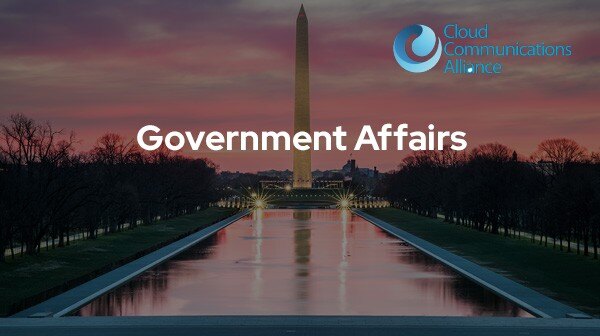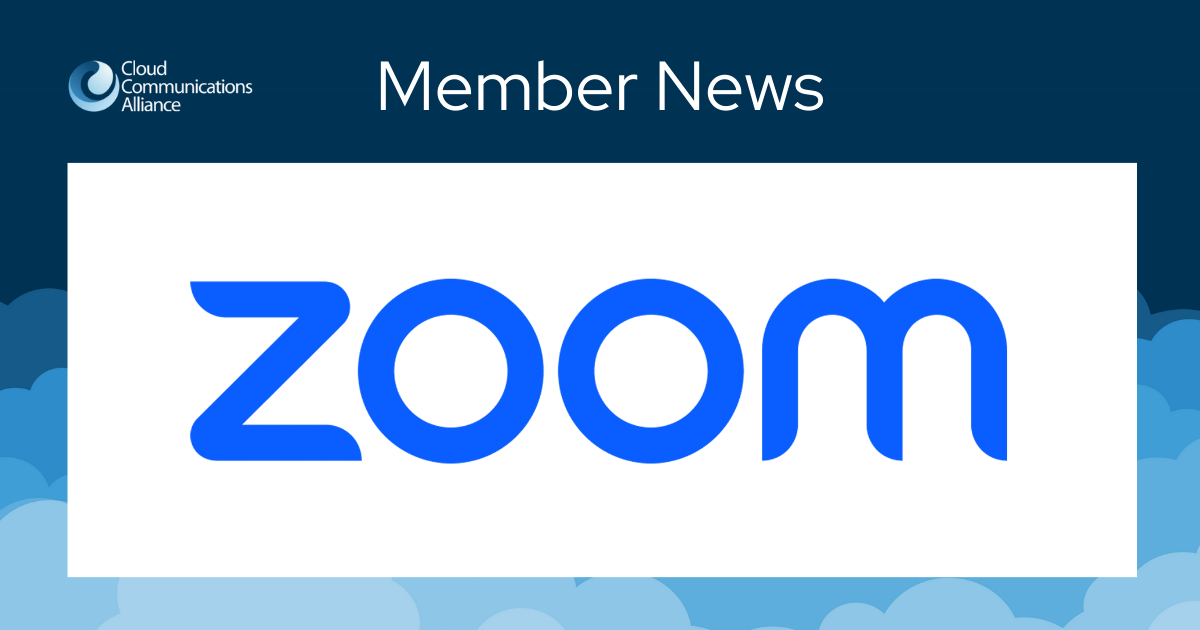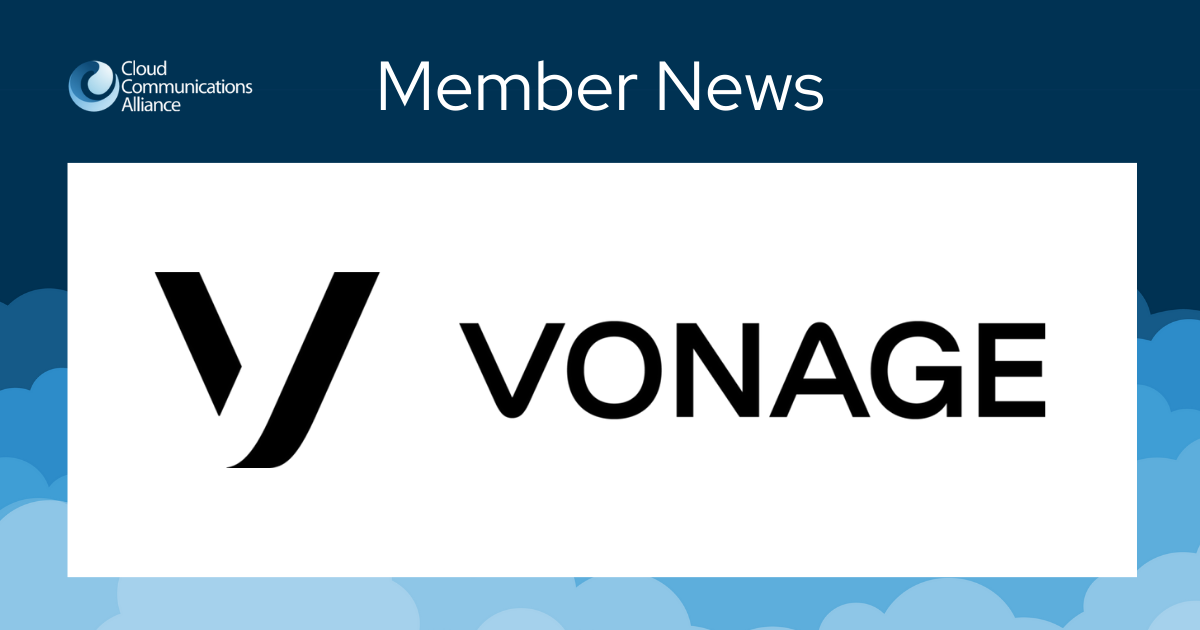Summary of Caller Identification Further Notice

The FCC has released a major new rulemaking proposing to establish a caller identification framework and impose new regulations on foreign originated calls. The rulemaking notice can be found here: FCC-25-76A1.pdf. The key proposals are:
- Requiring terminating providers to transmit verified caller name information for presentation on consumers’ handsets whenever they send an A-level attestation;
- Requiring gateway providers to tag foreign-originated calls and potentially precluding foreign originated calls from using U.S. numbers in caller Id.
The notice affords an opportunity for CCA to tout its robust know-your-customer (KYC) guidance. Strong KYC is essential to ensuring that accurate and trustworthy caller identification information is placed on the network. CCA’s international members should carefully review the proposals for treating calls originating outside the U.S.
Caller Identification
Background. STIR/SHAKEN provides information on whether a phone number has been illegally spoofed. It does not, however, provide any information regarding the identity of the caller. Some companies have begun offering propriety branded caller solutions that increase answer rates but they can be costly and are not uniform. Telecommunications industry standard setting bodies have developed standards, Rich Call Data or RCD, for the verified, encrypted transmission of caller identification. Under the standards, caller identity information transmitted using RCD can include name, photo, logo, email address, location, title, and the reason for the call, subject to data capacity limits. Like STIR/SHAKEN, RCD relies upon authentication by the originating provider and verification by the terminating provider within the STIR/SHAKEN framework. And, like STIR/SHAKEN, RCD only works on IP networks.
RCD holds the promise of restoring trust in the network by providing verified information on the identity of the caller. The notice cites various studies showing dramatic call answer rates when the consumer is presented with information about the caller.
Transmitting Caller Identification Information. The notice proposes requiring terminating providers to transmit verified caller name or other caller identity information for presentation on a consumer’s handset whenever they transmit an indication that a call has received an A-level attestation under the STIR/SHAKEN framework. The proposal is not a mandate to provide caller identification information. The requirement would apply only when a terminating provider chooses to transmit to the handset an indication that a call received an A-level attestation. Caller identification information must include, at a minimum, the name of the caller. The notice seeks comment on how to protect callers that do not want to share caller identification information, for privacy purposes for example.
Caller Identification Verification and Transmission. The notice proposes to require originating voice service providers that transmit caller identity information to employ reasonable measures to verify the accuracy of the information transmitted. The notice asks numerous questions on how to ensure that providers take the steps necessary to verify the accuracy of the information, such as know-your-customer requirements. The notice recognizes that the ATIS RCD standard contains provisions related to the vetting of RCD information, and that CTIA has created best practices for its branded calling solution. The notice seeks comment on these documents and any other related industry practices, including their sufficiency, propriety, and enforceability, and on whether they mitigate the need for the FCC to adopt requirements.
The notice seeks comment on any requirements the FCC should adopt to ensure that caller identity information is securely transmitted from the originating provider to the terminating provider, including whether to require the use of RCD to do so. The FCC believes that if caller identity information is changed or tampered with in transit, then the verification efforts of the originating provider will not ultimately benefit consumers or callers.
Costs. One complaint from businesses about current proprietary branded calling solutions is their cost. The notice seeks comment on the costs providers may incur in implementing RCD. The notice does not address charges that may be imposed by providers of RCD services on end users.
Other Options. The notice seeks comment on whether to require use of the RCD standards developed by the IETF and ATIS, when providing caller identity information, as opposed to other proprietary solutions. The notice states the FCC’s belief that RCD standards can be implemented in a “reasonable amount of time,” but does not propose a specific implementation deadline. The notice also seeks comment and information on the use of other branded calling solutions that may not be based on RCD standards. The notice seeks comment on several other points:
- Should RCD be required for all calls, much like STIR/SHAKEN is now mandated?
- Considering that STIR/SHAKEN and RCD work only on IP networks, what steps should the FCC take, consistent with requiring RCD, to address the non-IP gap?
- Should caller identity verification be a prerequisite for an A-level attestation?
- How should the FCC address use of RCD in scenarios where the originating provider does not serve the end user directly?
Treatment of Foreign-Originated Calls
The notice recognizes that many illegal calls originate in foreign countries. It proposes to require gateway providers – the telecommunications companies that are the point of entry for foreign calls – attach some type of indicator that the call is foreign originated. The indicator would then be transmitted down the call chain to the terminating provider who would be required to transmit the indicator to the called party’s phone. It could also be used to determine whether to block or label the call. The notice seeks comment on the proposal and how it could be implemented.
Among a number of questions, the notice asks if the FCC should ban foreign originated calls to use (that is spoof) a U.S. number in the caller ID. It also asks if the FCC should, and whether it is technically feasible to, require gateway providers to label or modify the number sent for presentation on the called party’s handset for foreign-originated domestic calls carrying U.S. NANP numbers, for example by suppressing that number. The notice also asks about exceptions for foreign originated calls coming from US VoIP or wireless subscribers roaming in foreign countries and, more generally, whether foreign-originated callers could continue to use US numbers at all.
It also seeks comment on designating a specific area code for foreign originated calls and ways to identify the source of the call, including the country, foreign originating provider and caller. This could require gateway providers or others to provide this information in traceback requests. The notice also asks about promoting adoption of STIR/SHAKEN by foreign countries.
Next Steps
Initial comments on the proposals are due 30 days after the rulemaking notice is published in the Federal Register and reply comments are 60 days after publication.
CCA has long championed RCD as a promising technology to reduce illegal calls and restore trust in the network. A key issue is how to ensure that customers are properly vetted before their identifying information is placed on the network. The notice proposes that providers undertake the vetting. CCA can use this as an opportunity to tout its robust know-your-customer guidance. An alternative vetting solution is to use trusted third parties, which CCA may also want to suggest. Trusted third parties could include trade associations like CCA that would be selected based on rigorous criteria.
CCA international members should carefully assess the proposals to identify and treat foreign-originated calls and let the CCA know if you have specific concerns.
35455749.1


